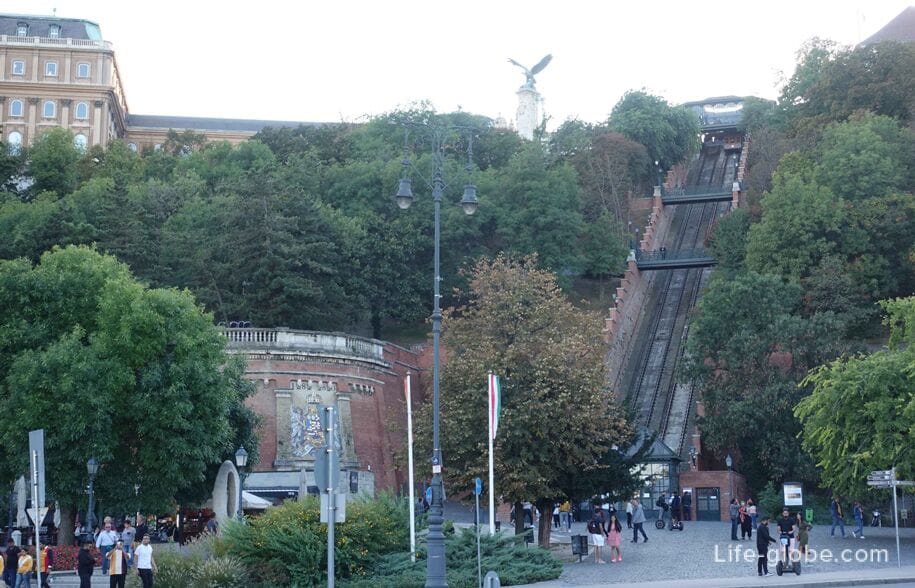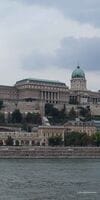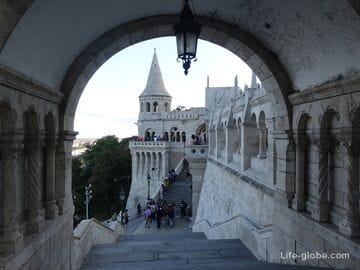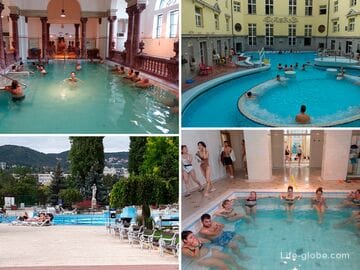The Royal Palace or Buda Castle Palace, often referred to as the “Budapest Castle” (the Hungarian name is Budavari Palota), is a historic castle and palace complex in Budapest, once the residence of Hungarian kings.
Royal Palace atop the Castle hill on Buda side (hence the name "Buda Castle"), in the historical castle district of Buda, which is often referred to as the Royal Palace, surrounded by old fortified walls.
The Palace is a UNESCO world heritage site and is one of the most famous and visited attractions in Budapest.
The first Royal residence on this place was built in 1265 in Gothic style. The founder was the king Bela IV.
During its history, the Royal Palace and surrounding area, subjected to a variety of hearth restorations, including alterations and extensions.
Today, the impressive Palace combines Baroque and modernist style with elements of Gothic and Renaissance, occupying most of the southern tip of the territory of the Buda castle, refers to the period between 1715 and 1769 years.
Currently, the walls of the Palace are government institutions and museums: Hungarian National Gallery, "Castle Museum" of the history of Budapest and the Széchenyi National Library.
Entrance to museums is paid, while the adjacent territory to the buildings of the Palace can be viewed for free.
Near the main (East) facade of the Palace on the pedestal stands the equestrian statue in the style of neo-Baroque monument to Prince Eugene of Savoy. Also this point offers the best views of modernist dome of the Palace, designed by Lagoom Hidasi in 1961.

Near the Central (main) facade of the Palace overlooking the Danube river, is the so-called Palace of the Danube terrace of Buda or terrace, which offer stunning panoramic views of the Danube river, district of pest, including Vigado concert hall, Gresham Palace, St. Stephen's Basilica and the remarkable Hungarian Parliament buildingwhich is one of characters and one of the main attractions of Budapest.
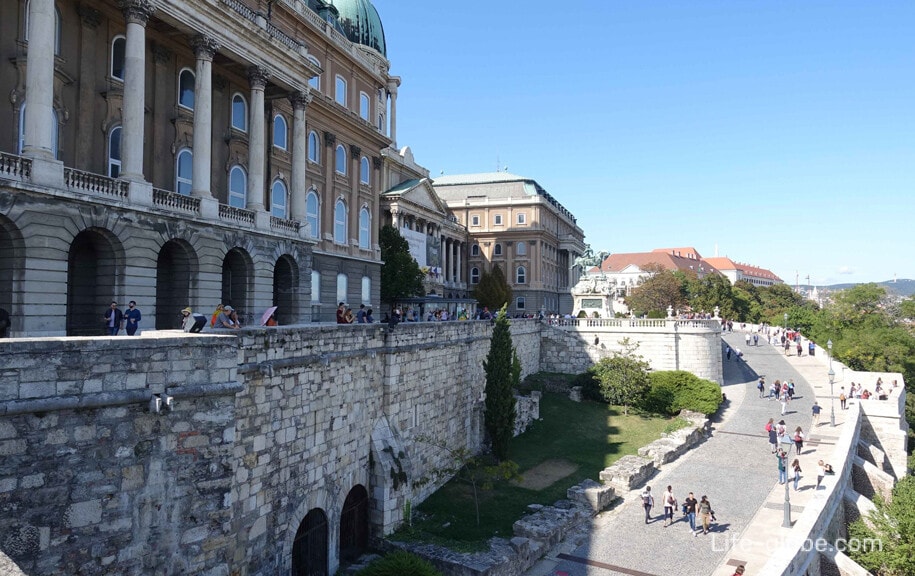
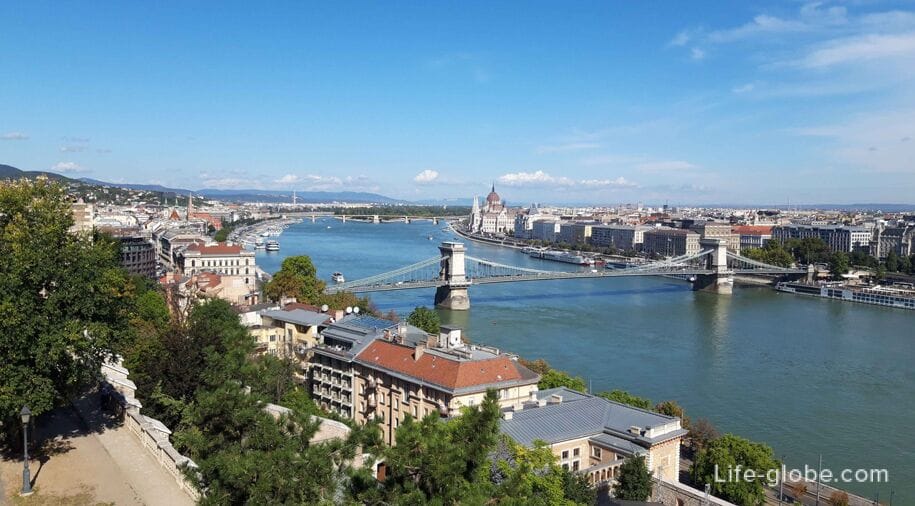
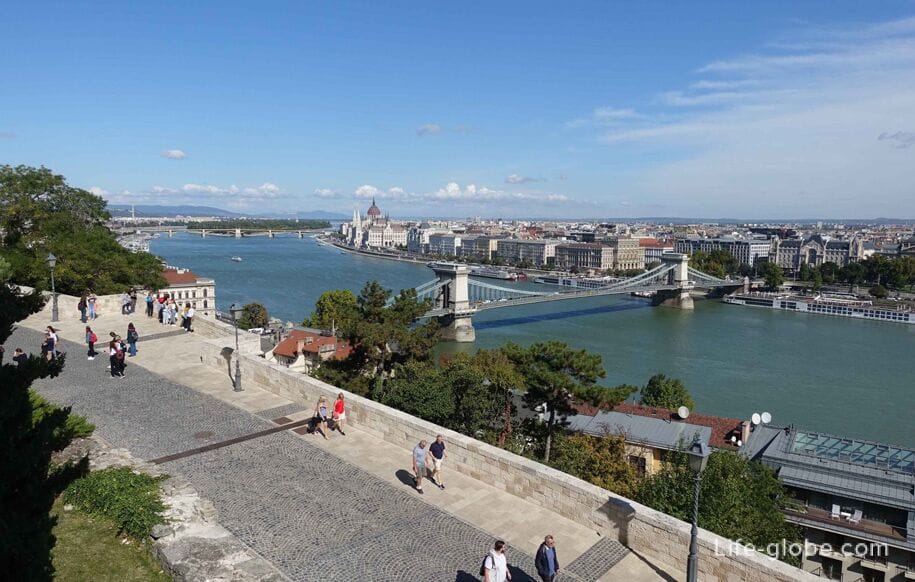
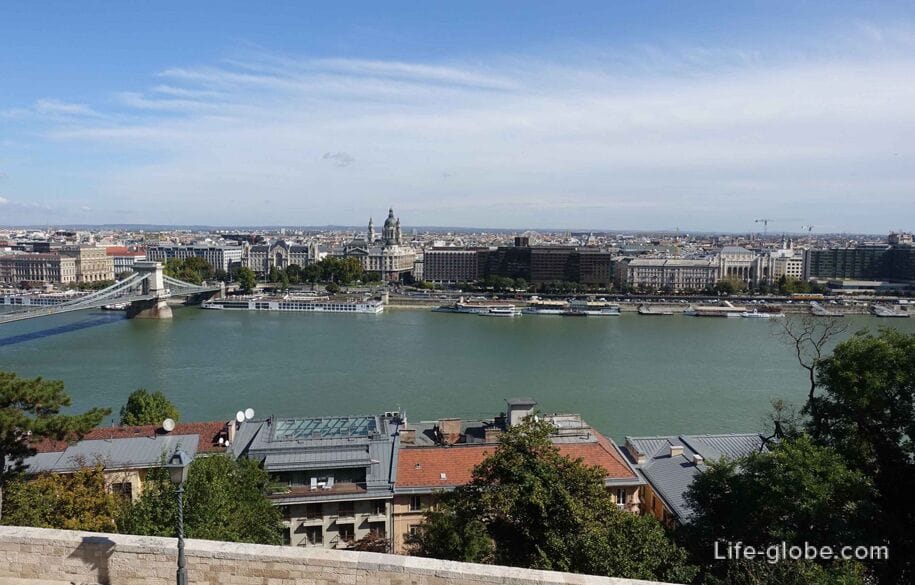
From the main terrace, along the South-Eastern wings of the Palace, lie the terraces, which also offers great views, including the Gellert hill and the gardens of the Palace, located at a lower level on the South-Eastern slopes of Castle hill.
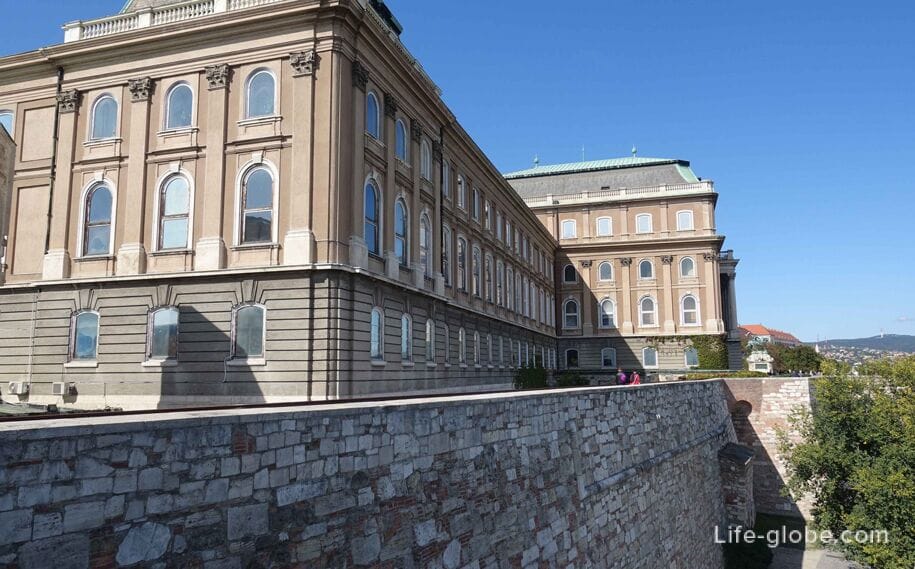
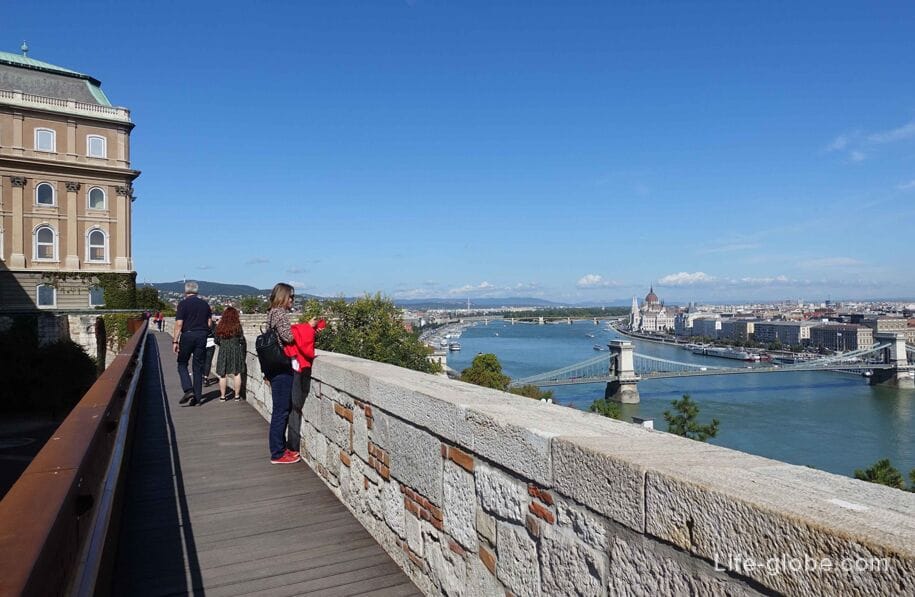
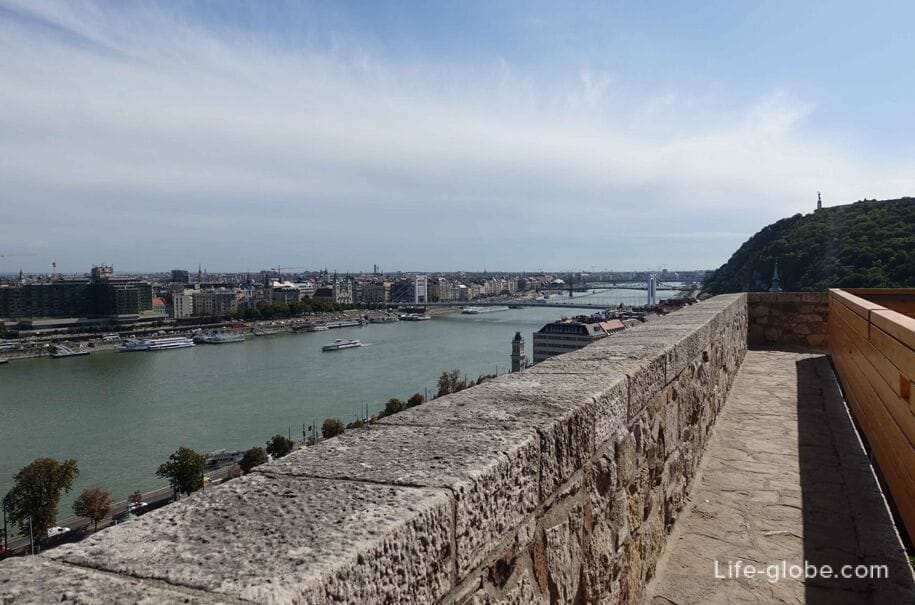
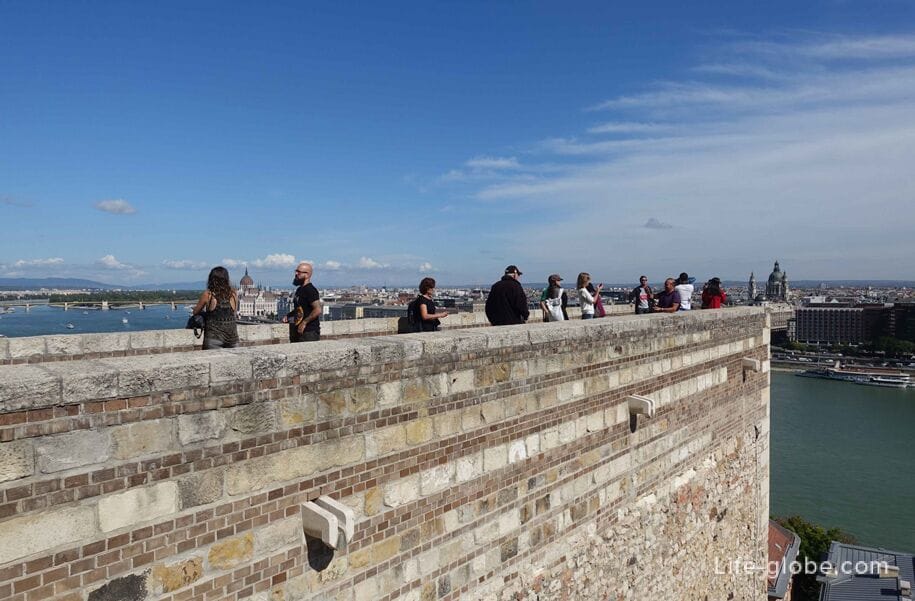
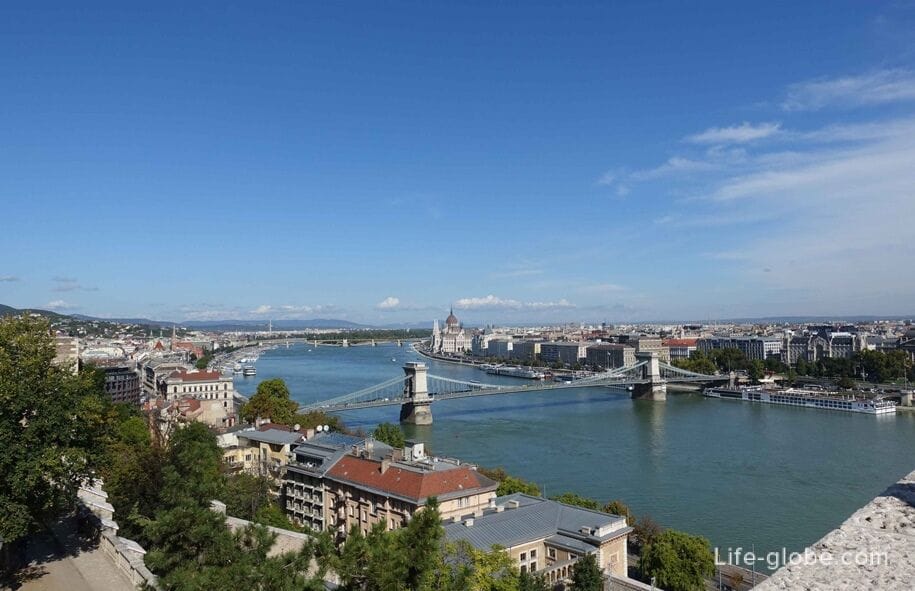

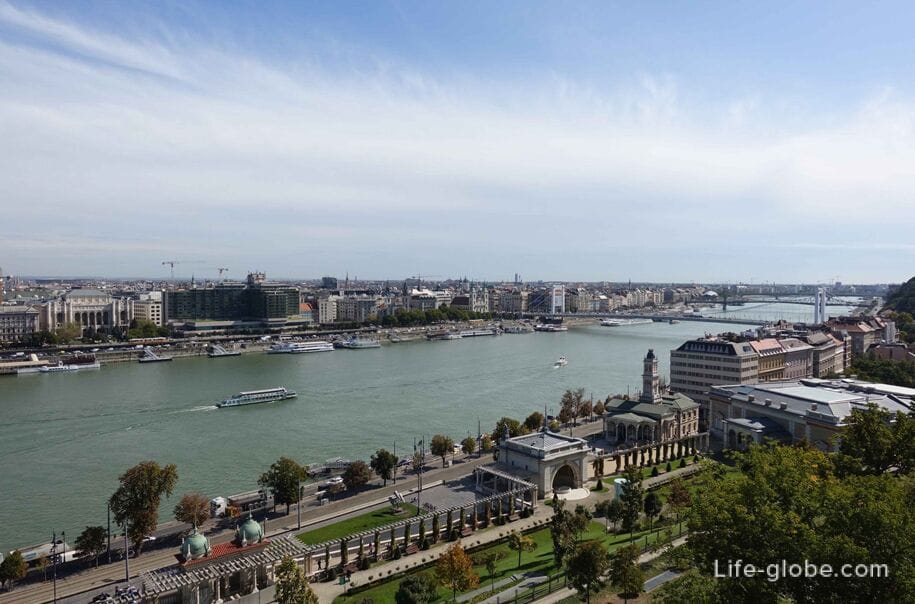

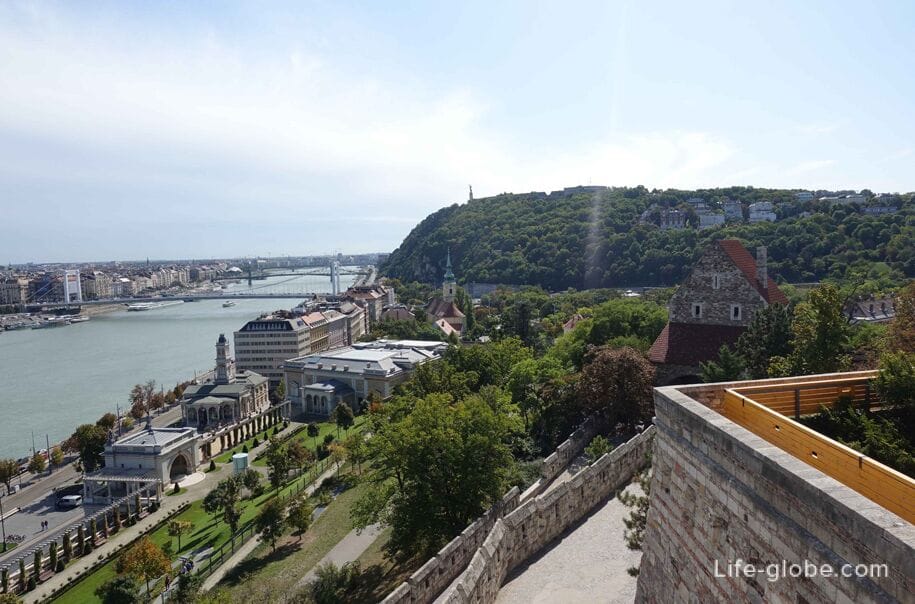
In the garden of the Royal Palace you can walk. Along the waterfront, parallel to the Danube, lies the so-called Royal gardens Bazaar (Varkert Bazar), represents the number of arcades with galleries, pavilions and terraces in the neo-Renaissance style and the castle garden is fenced off from the common space along the river. Read more about the Market the Royal garden...
In the garden you can go down the stairs (the Elevator) from the Palace or go through the arcade Bazaar.

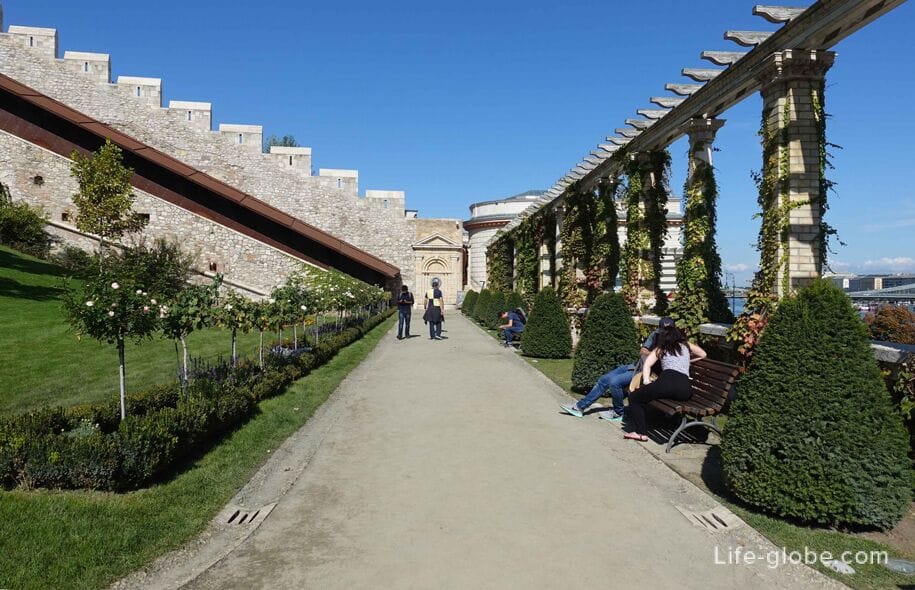


The statue of the virgin Mary adorning one of the South-Eastern terraces near the Royal Palace.

On the South side of the terraces are clearly visible reconstructed medieval fortifications, including the tower club, the walls with the South gate of the Great Rondell - round Bastion (the Main Bastion), which is one of the main surviving buildings of the old Palace complex of the former fortress system that surrounded the Royal Palace.
In this part of the fortress there are courtyards, in which you can walk.
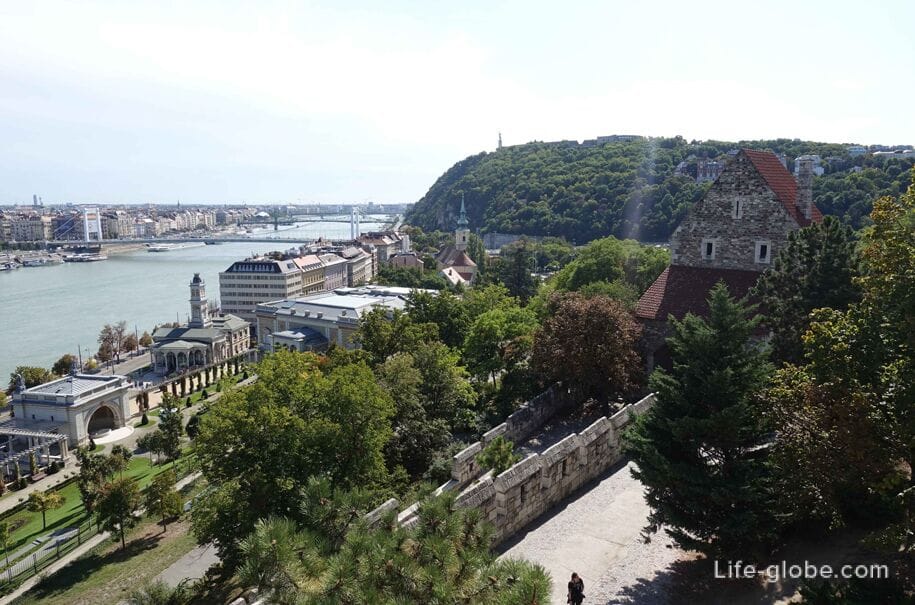
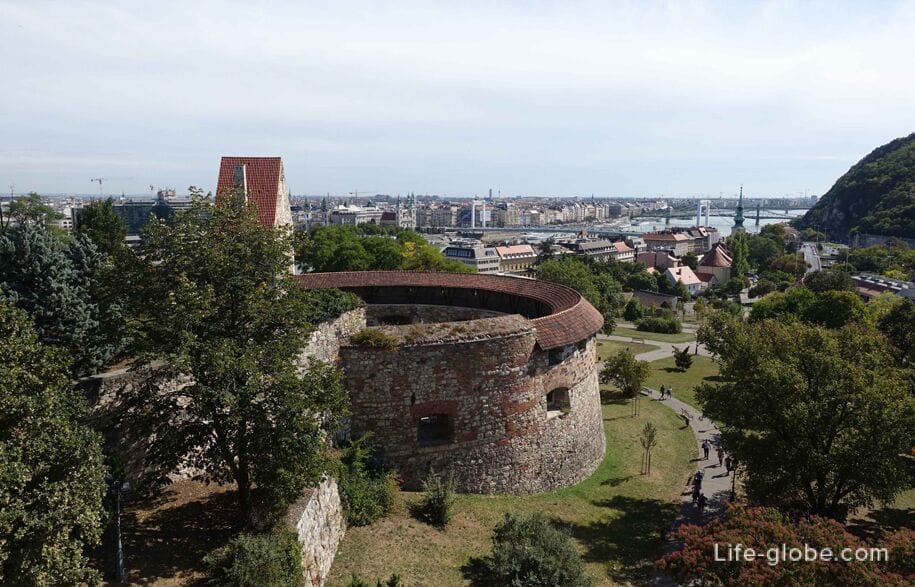
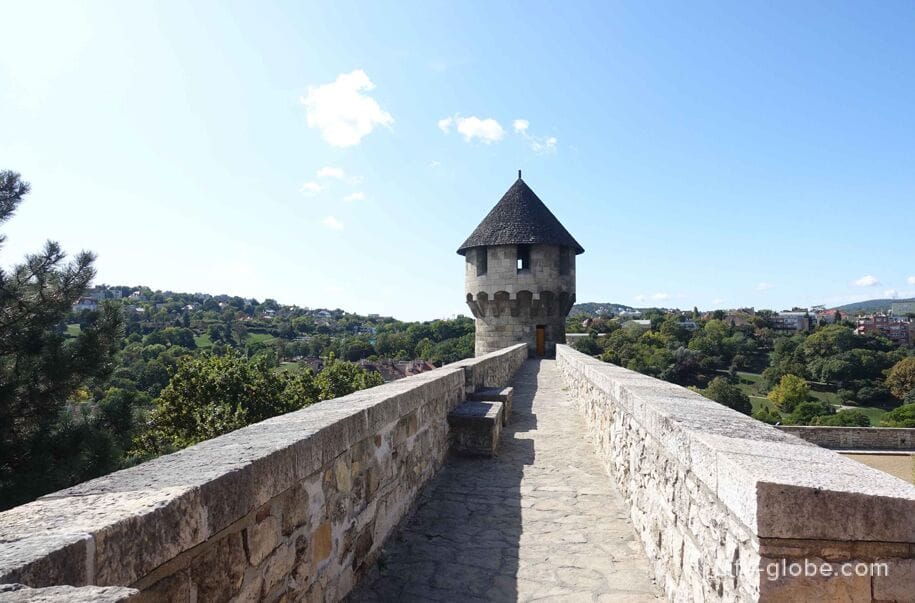
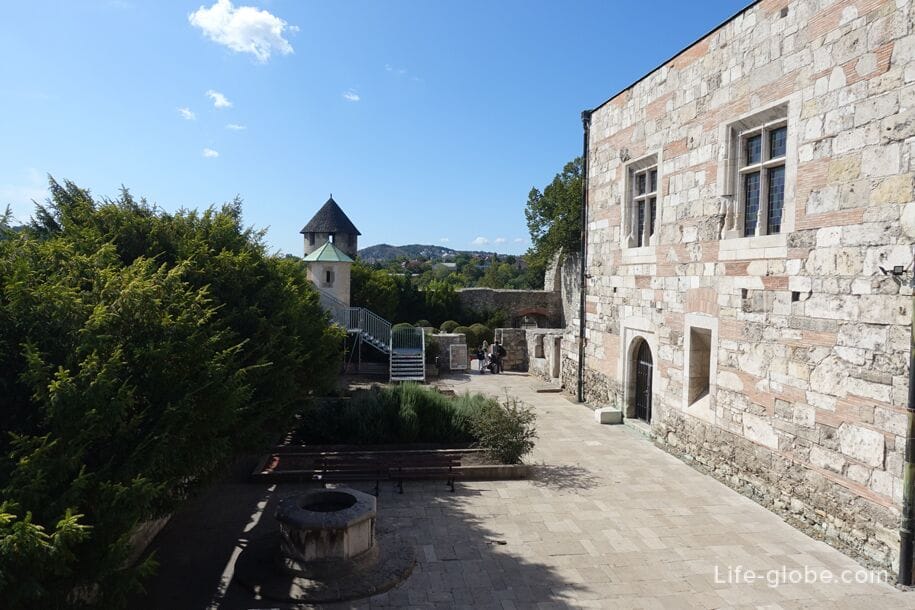
View of the South-Western wing of the Royal Palace
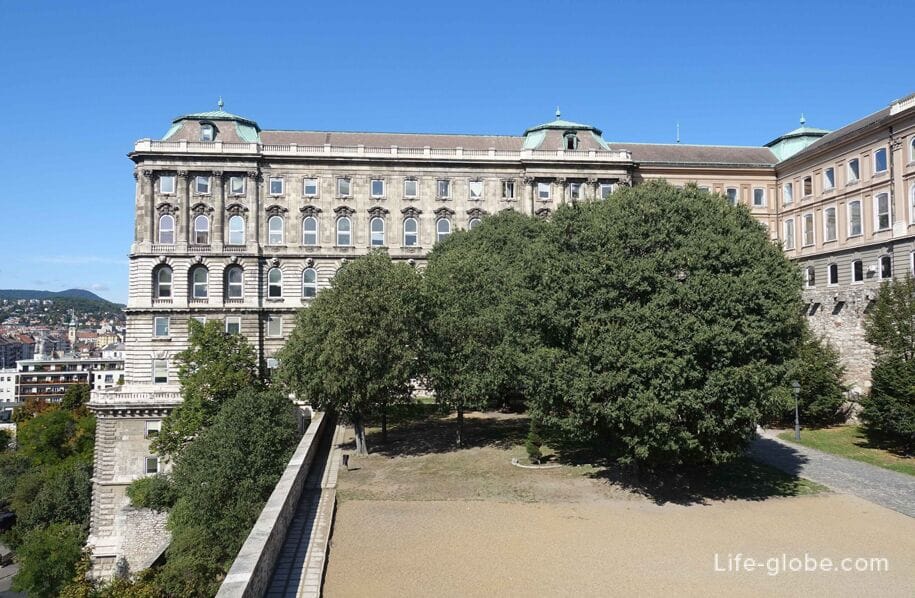
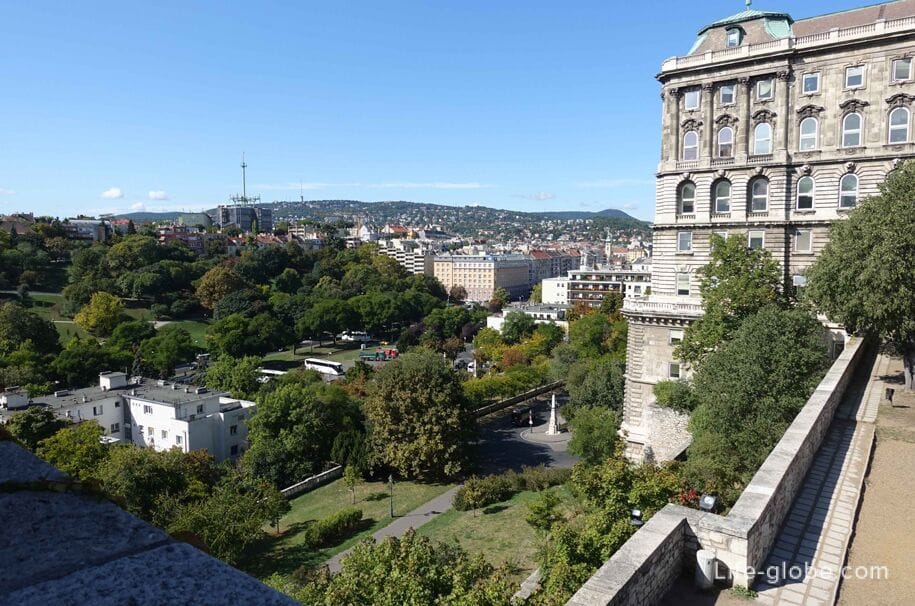
Near the North-Eastern wing of the Palace are also located in the Danube terrace and small courtyard, the center of which is decorated with a fountain, known as "Fishing kids" or "Children fishing" by sculptor Karoli Senea (1912). The fountain depicts three children, two of whom are fighting the fish. The fountain was restored in 2001.
Near the terrace is a panoramic cafe overlooking the Danube and pest.

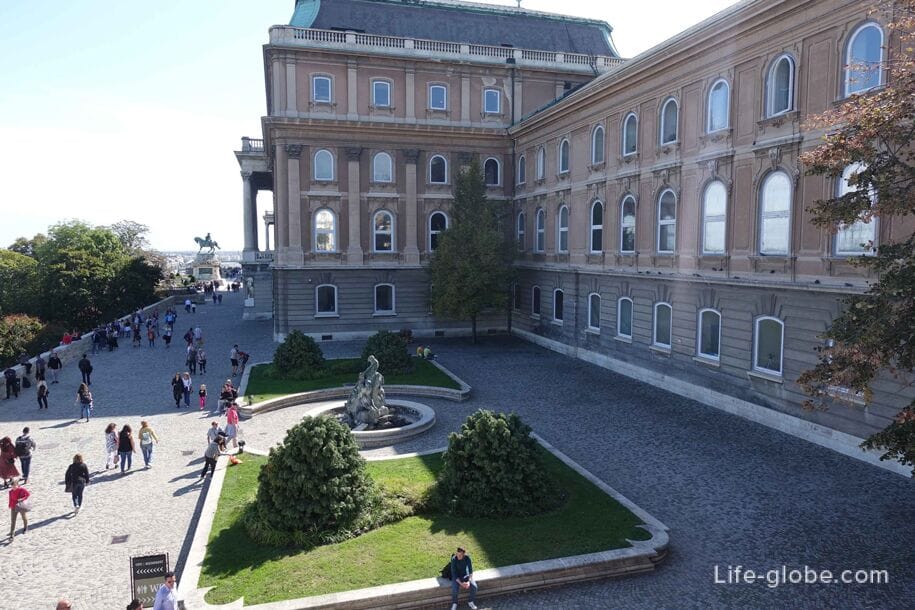
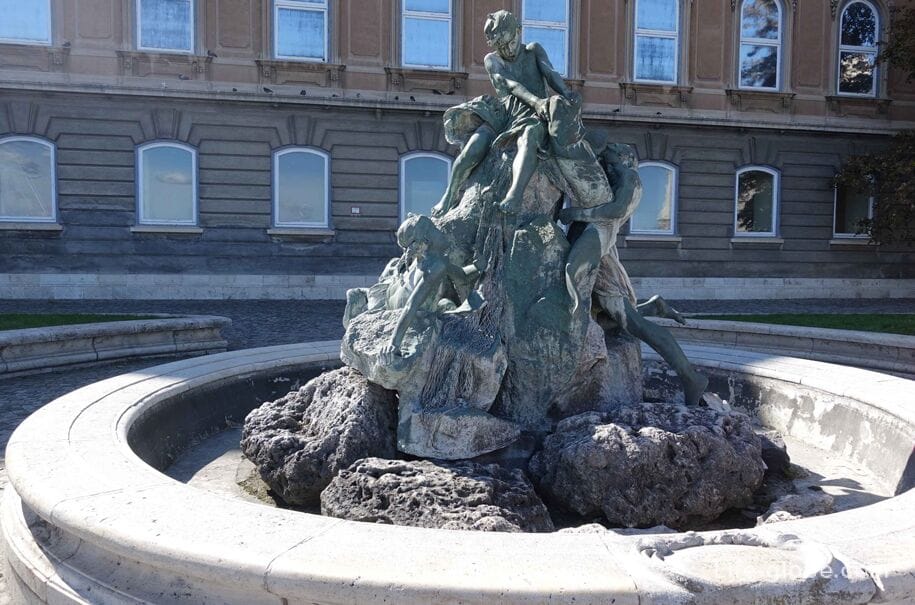
The views from this side of the terrace is not very impressive
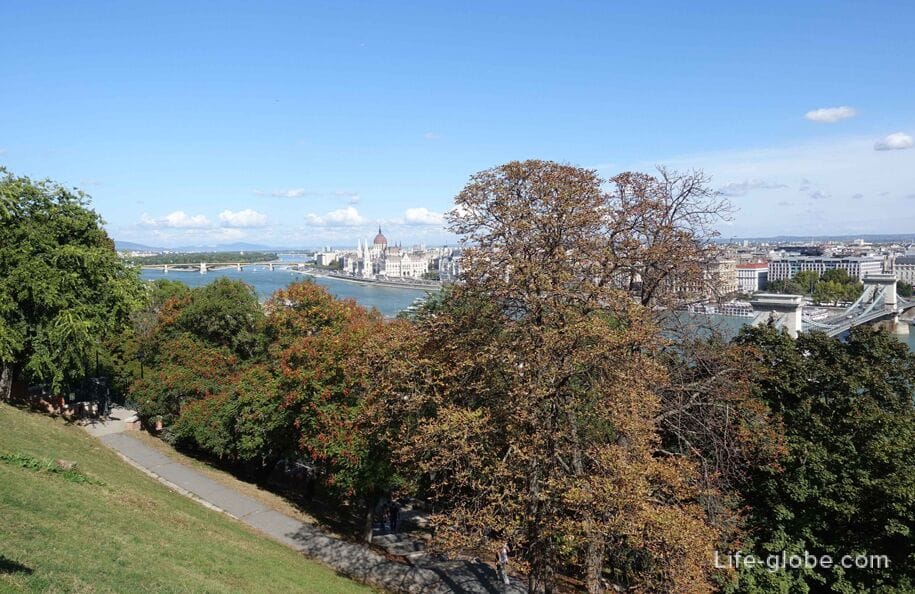
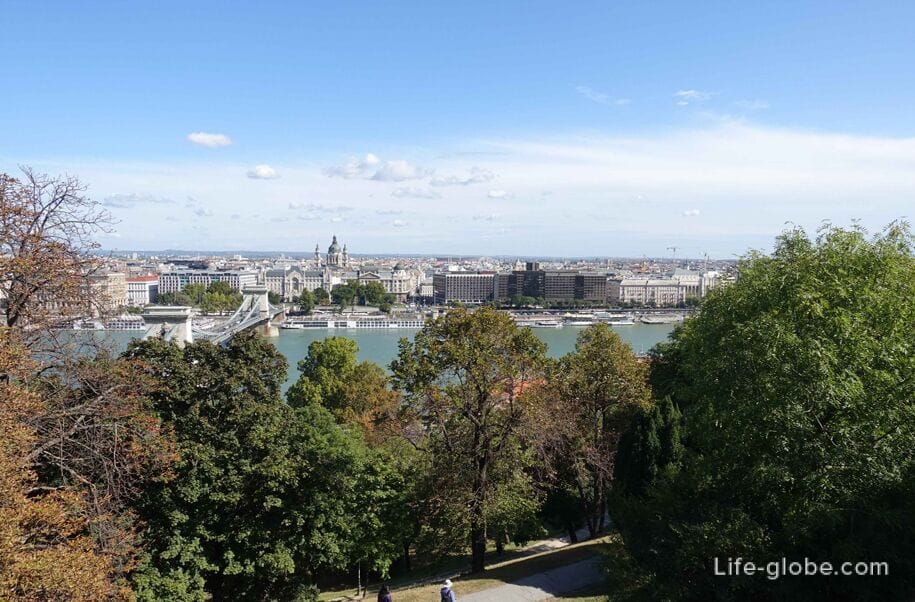
In the extreme North-easterly point on the Castle terrace of the Palace, the Ornamental gate, behind which is a square of St. George, also an integral part of the complex of the Buda castle and the old part of Buda. Read more about St. George's square...
These exquisite gates were erected in 1903, decorated with wrought iron bars in the Gothic style, marble columns and elegant staircase with a Central balcony.
On the Eastern column, which shows the coat of arms of the Kingdom of Hungary, is widely spread its wings, sits the bird Turul, holding in the paws a sword of Attila and ran his gaze over the Danube.
The mythological Turul was made by Gyula Donath in 1905.

Internal or Lion's courtyard of the Royal Palace, the entrance to which is through the monumental Baroque gate Orelans (Oroszlanos Gate), located in the southern part of the Western courtyard.
The outer and inner side of the gate is guarded by sculptures of four lions, two on each side of the gate, the work of jános Pedrosa since 1901.
The outer side of the gate
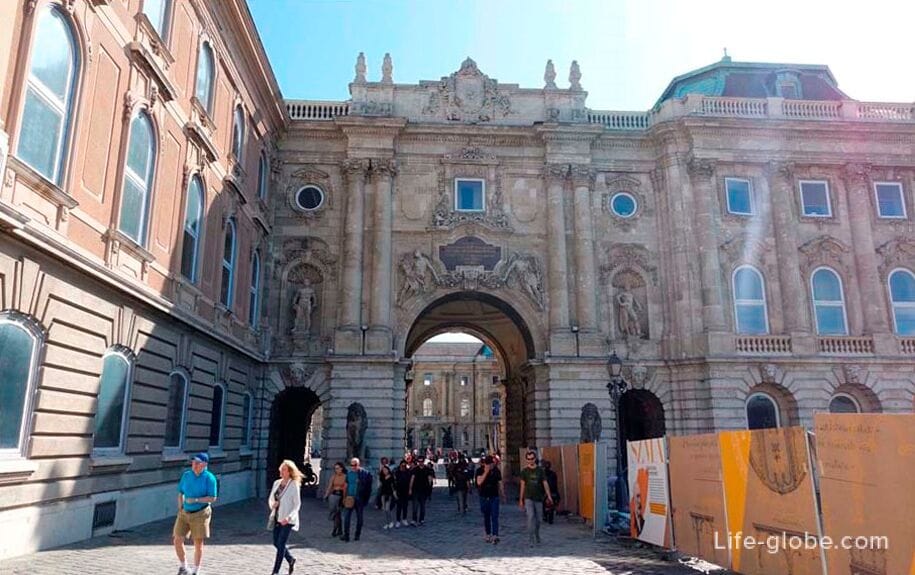
The inner side of the gate

Courtyard

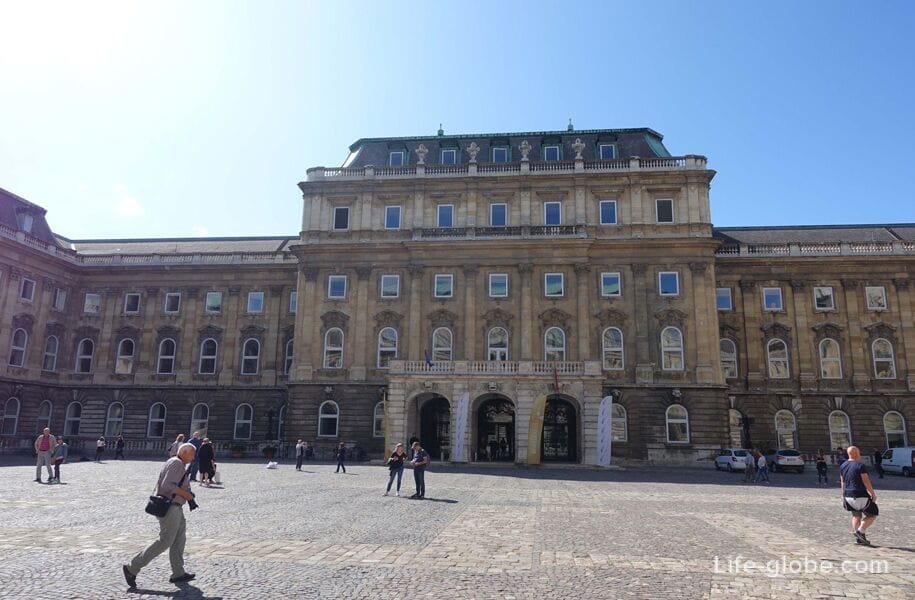
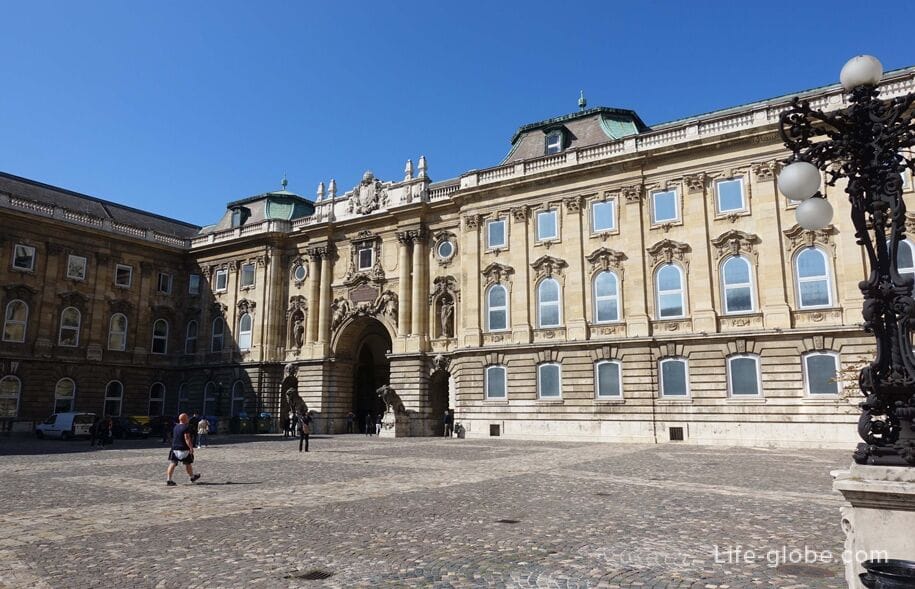
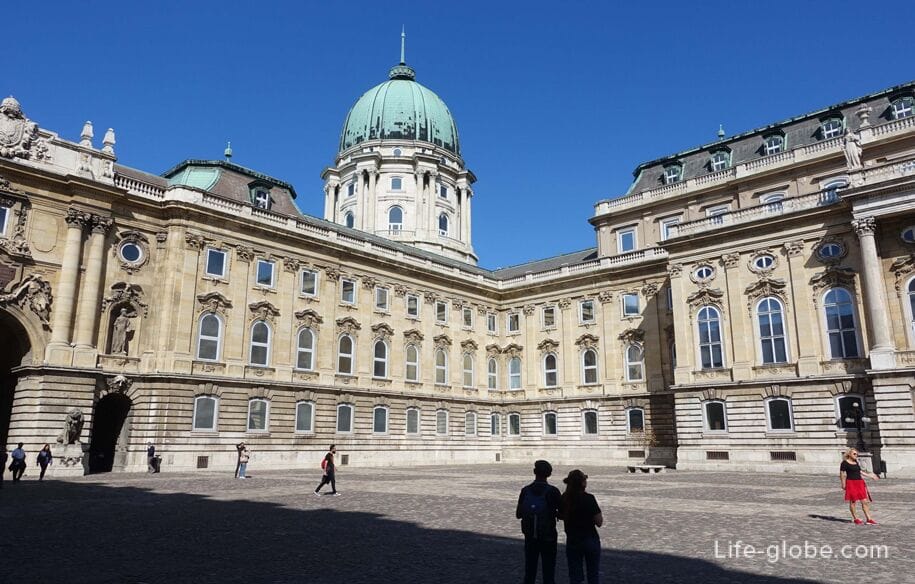
The Western courtyard of the Royal Palace ("the back side") with the facade of the Bolshoi Ballroom, located in the middle of the North wing of the Palace.
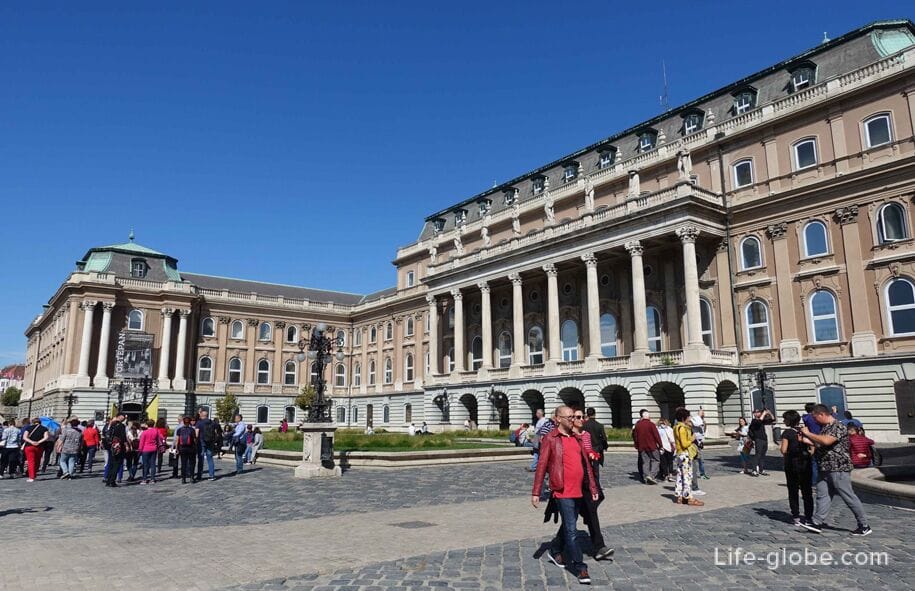
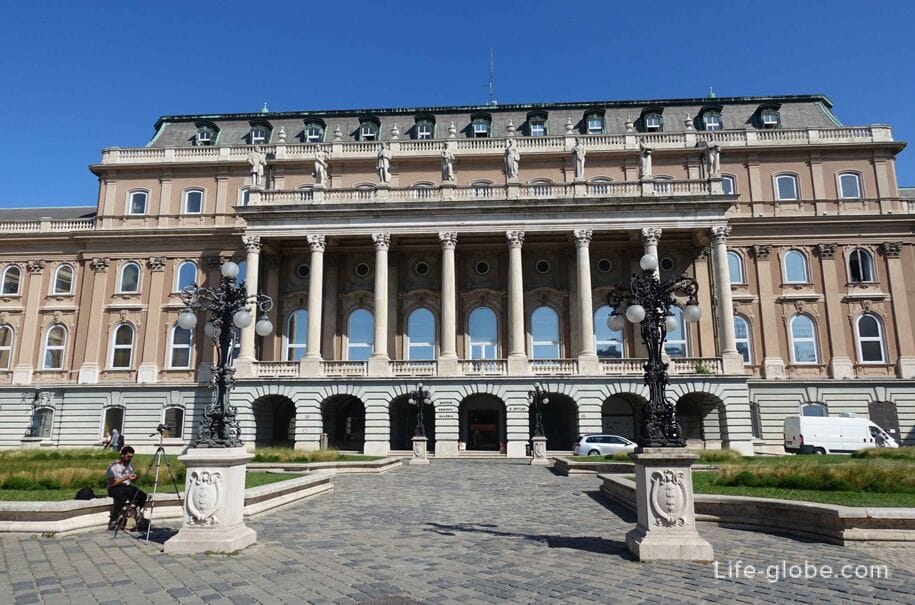
The Western outer part of the Palace is decorated with monumental, spectacular and unrealistic, "shocking", perhaps only to us, the fountain of "the Hunt of king Matthias" or just a fountain "Matthias" fountain "Hunting".
The sculptural group depicts hunters led by king Matthias Corvinus together with hounds and trophy - killed deer. The panel depicts people standing between the fallen rocks, with water flowing into the pool.
The fountain was created by sculptor Alhashem Stroble. A dead deer was modelled on the majestic stag killed in 1896 by poachers in the forest owned by Strobl. The damaged sculpture was recovered after the war. Currently, this is probably the most photographed object in the Royal Palace.
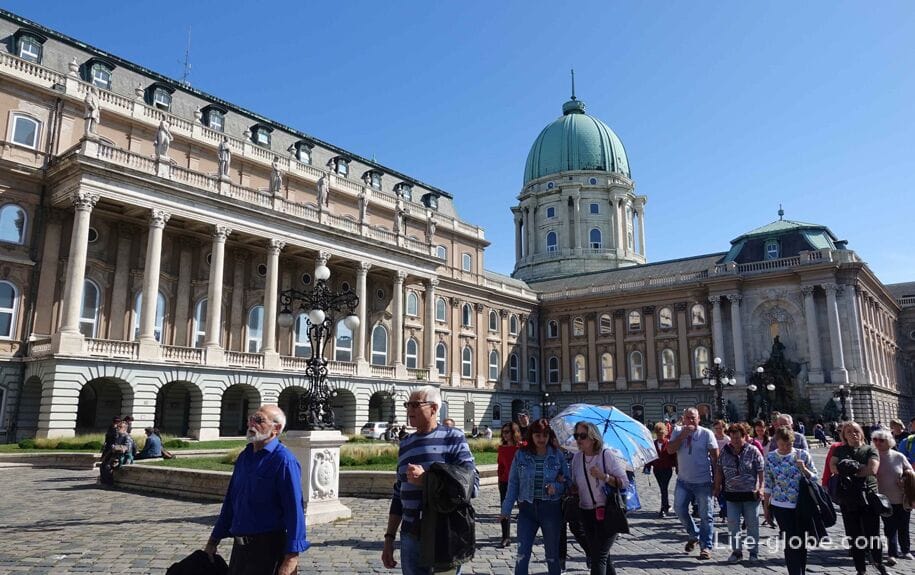

At the Northern end of the Western yard there are wrought iron gates "Corvinus", leading to the area of St. George.
Corvinus is translated as "Raven". The bird Raven was the heraldic symbol of king Matthias. According to the legend, during the marriage of the king, in the Church hall accidentally flew into a crow, and, as we know, these birds are susceptible to shiny things... and stole the bride's ring. It was considered a bad omen, in the end, the wife of the king lived a little longer, although king caught and killed the bird-thief, returning the jewel sweetheart.
After the tragic events of Raven with ring in its beak is depicted on the family crest of king Matthias.
At the gate of the Corvinus Raven sits on a perch and clenched in the beak of a small ring. This composition, in fact, was a symbol of Royal Hungarian Arpad dynasty.
View of the gate and the North wing of the Palace complex
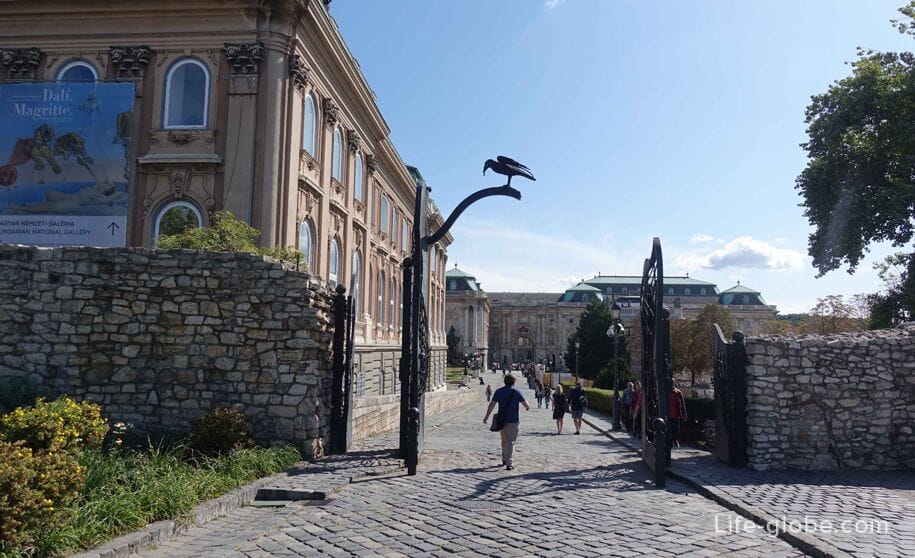
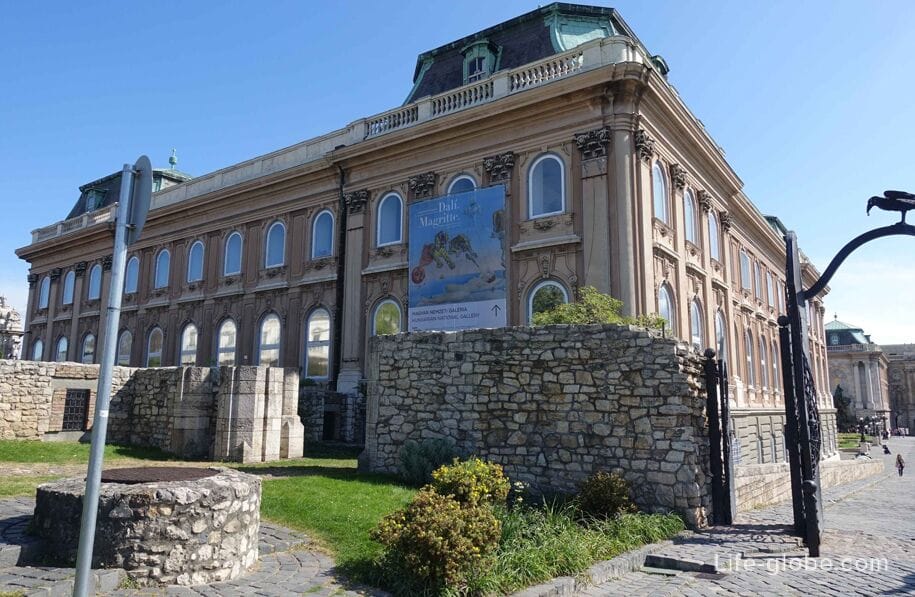
The view of the castle from the Eastern side of the Danube river, the pest side
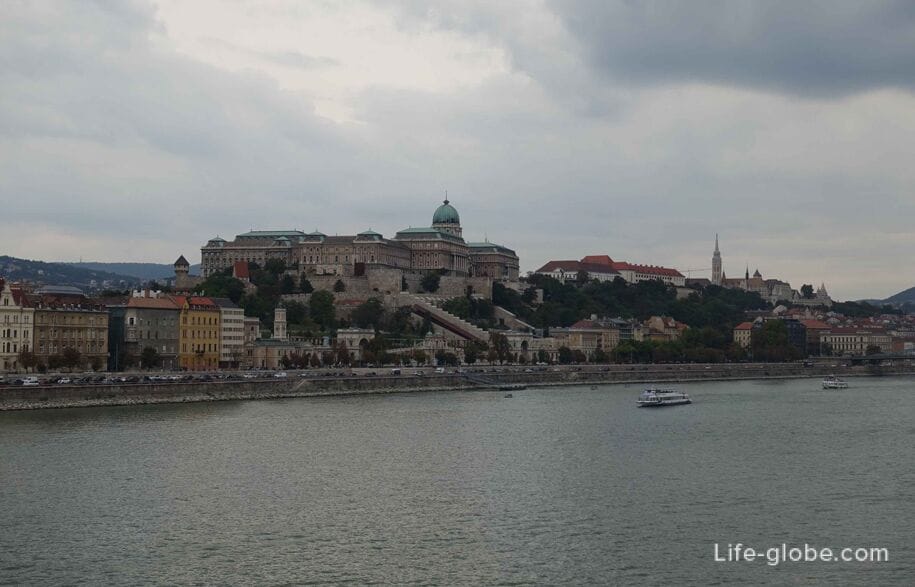
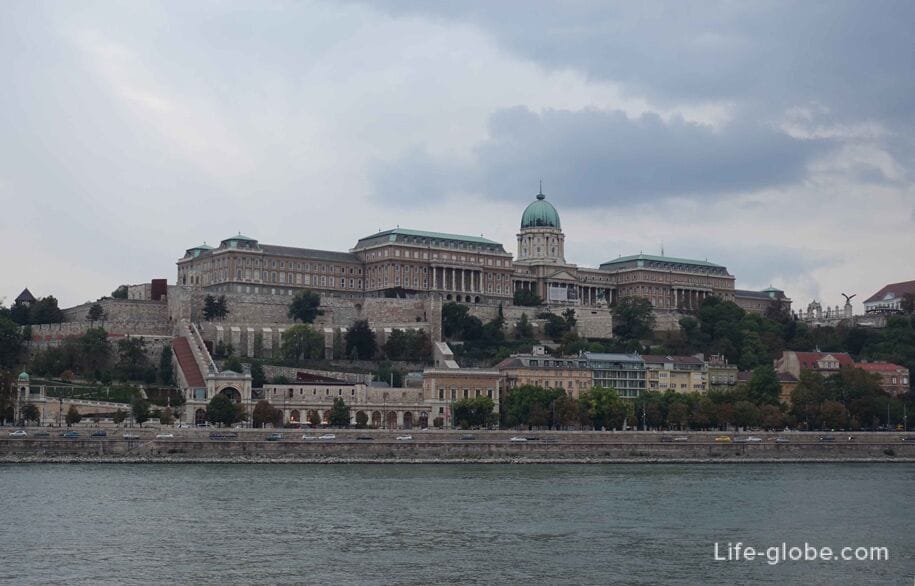
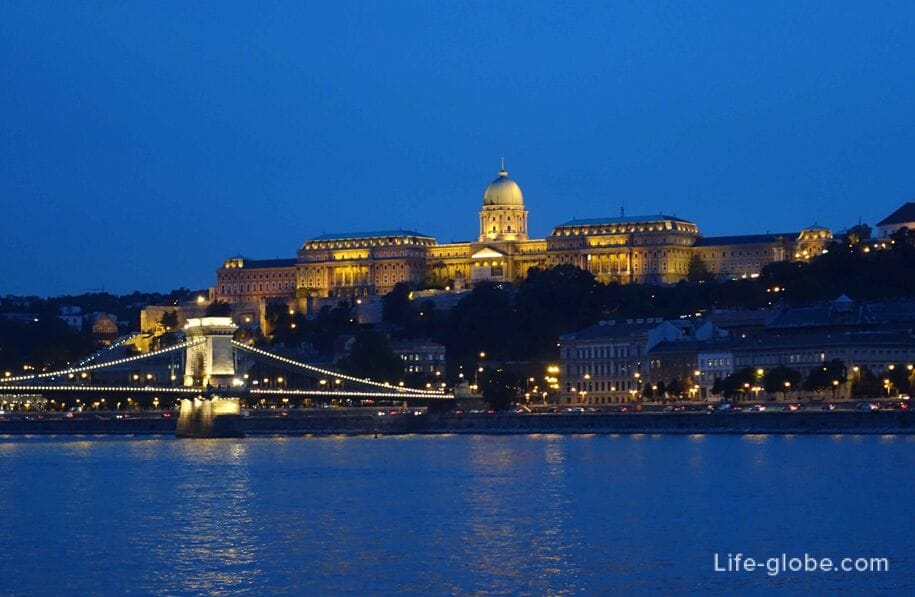
The view of the castle from the West side
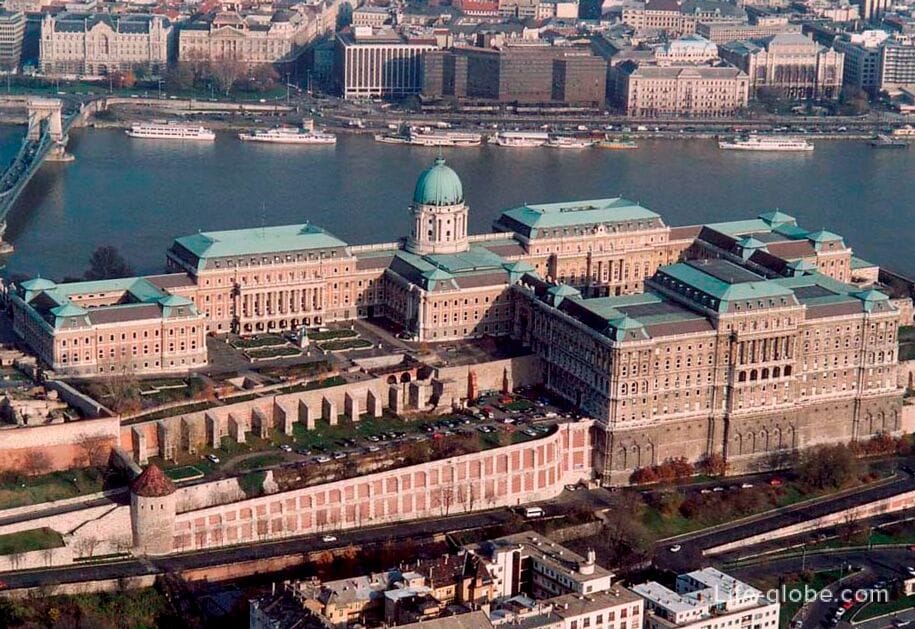
How to get to the Royal castle in Budapest
On foot from the promenade through the gardens of the Palace or the square of St. George. Take the Elevator on the West side (side region of Krisztinavaros).
On taxi, car, public buses No. 16, 16B, 116, 916.
The funicular to Castle hill (Budavari siklo) of the 19th century. The lower cable car station located at the West side of Chain bridge, near the Zero kilometer in the Adam Clark square (Clark Adam ter). Top station is at St. George's square.
Tariffs and opening hours the funicular is better to check before visiting on the website.
